Use of CHT and EGT Gauges and Monitors
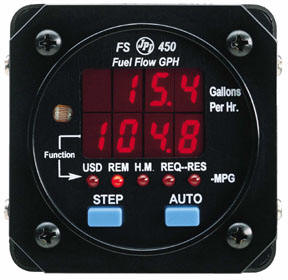
A higher than normal CHT reading could indicate that the engine is under excessive stress.

A higher than normal CHT reading could indicate that the engine is under excessive stress.
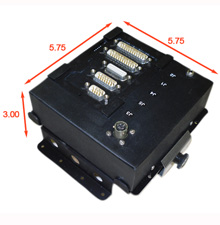
The basics of electronic data management systems (EDMS) in aircraft are pretty simple, the EDMS essentially consists of two parts – probes & sensors and the display unit(s).

Understanding how the digital EGT display numbers relate to fuel consumption, aircraft range and endurance, engine power for fuel management and power plant management is absolutely essential for a safe and successful flight.
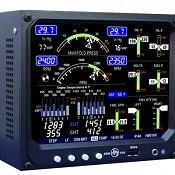
Aircraft Digital Instrument and Monitoring System basically replaced the OEM vintage dials and gauges that aircraft until a decade or so ago, came equipped with.
The patented excuse that a cockpit with OEM dials and gauges looks better that the modern digital ones no longer holds true.
Aircraft sensing and display mechanism of aircraft Fuel Gauges systems play a vital role in the safety of the aircraft.
Flight navigation and engine instrumentation systems were until a few years ago, two completely independent units.
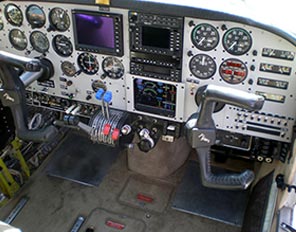
People who rely on instruments to reach their destination and to keep them safe while travelling tend to have one thing in common – the need for advanced and accurate engine monitoring systems.
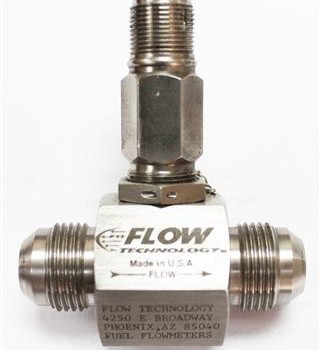
Modern high-speed electrical instruments with built-in failure detection circuits of the type manufactured by J.P. Instruments play such a vital role in modern day aircraft flight.
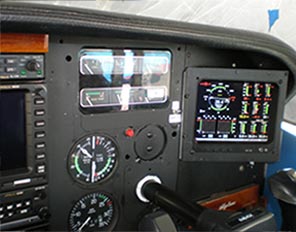
A twin engine aircraft monitoring system obviously holds twice the amount of data when compared to a single engine aircraft monitoring system.